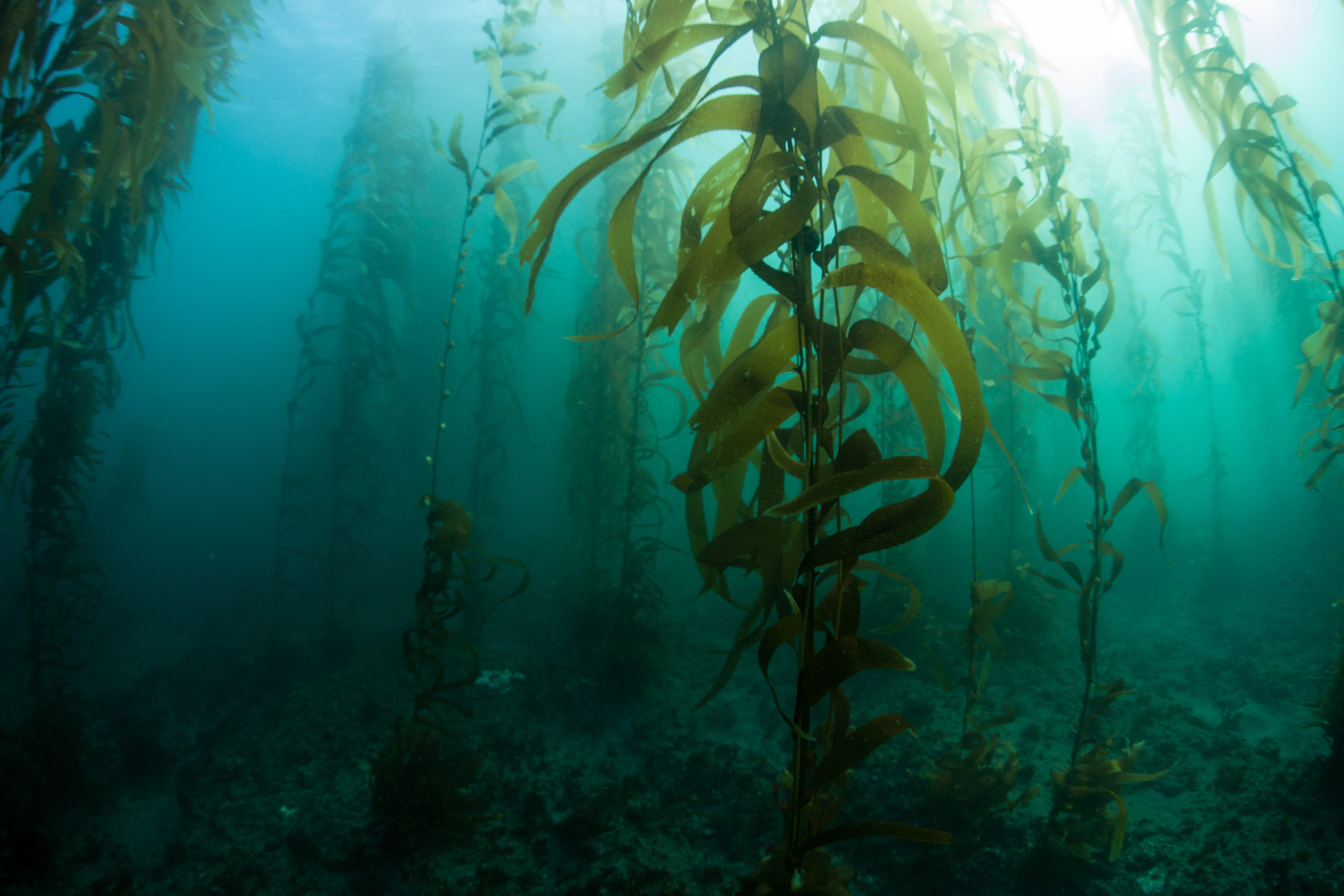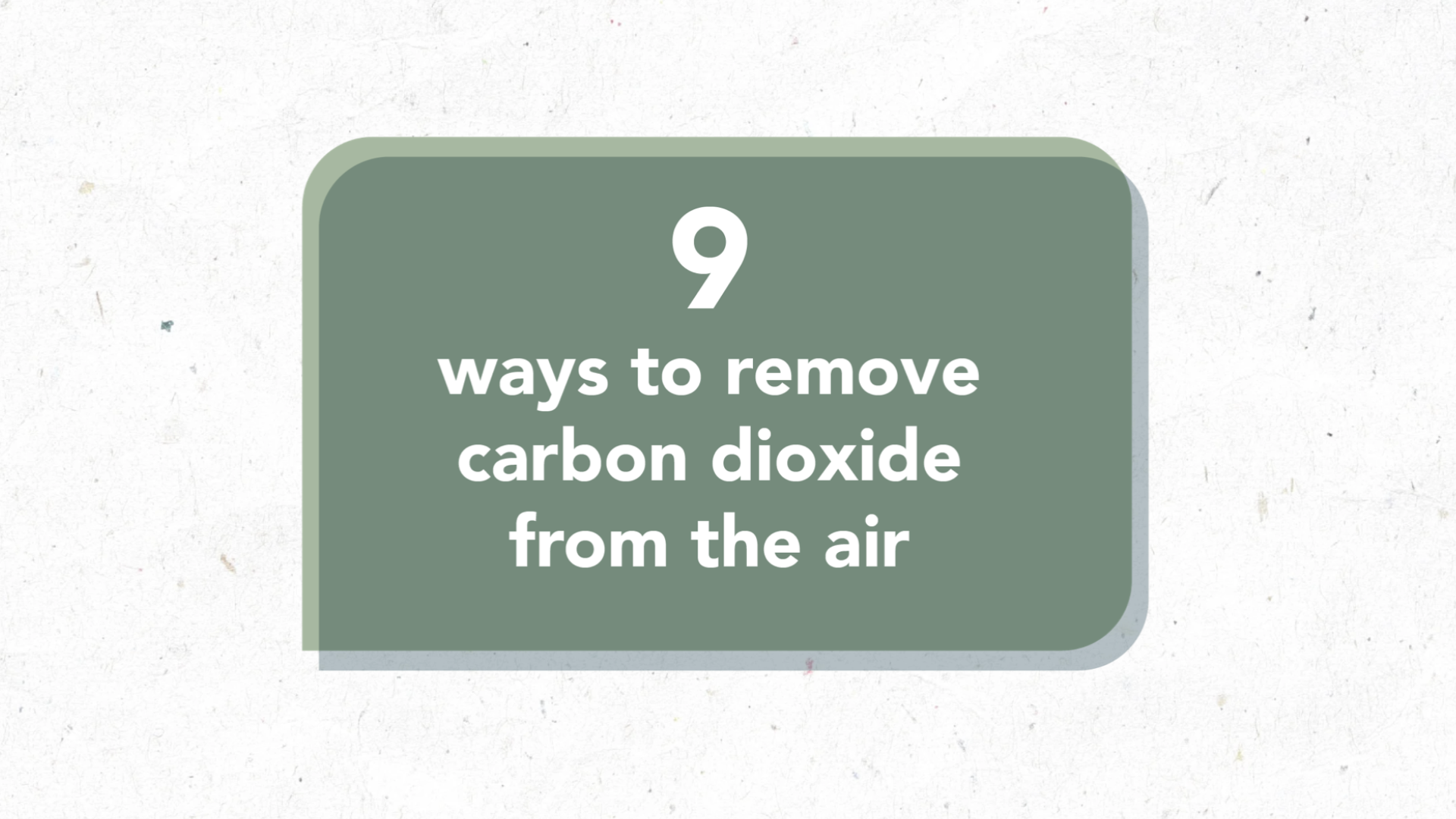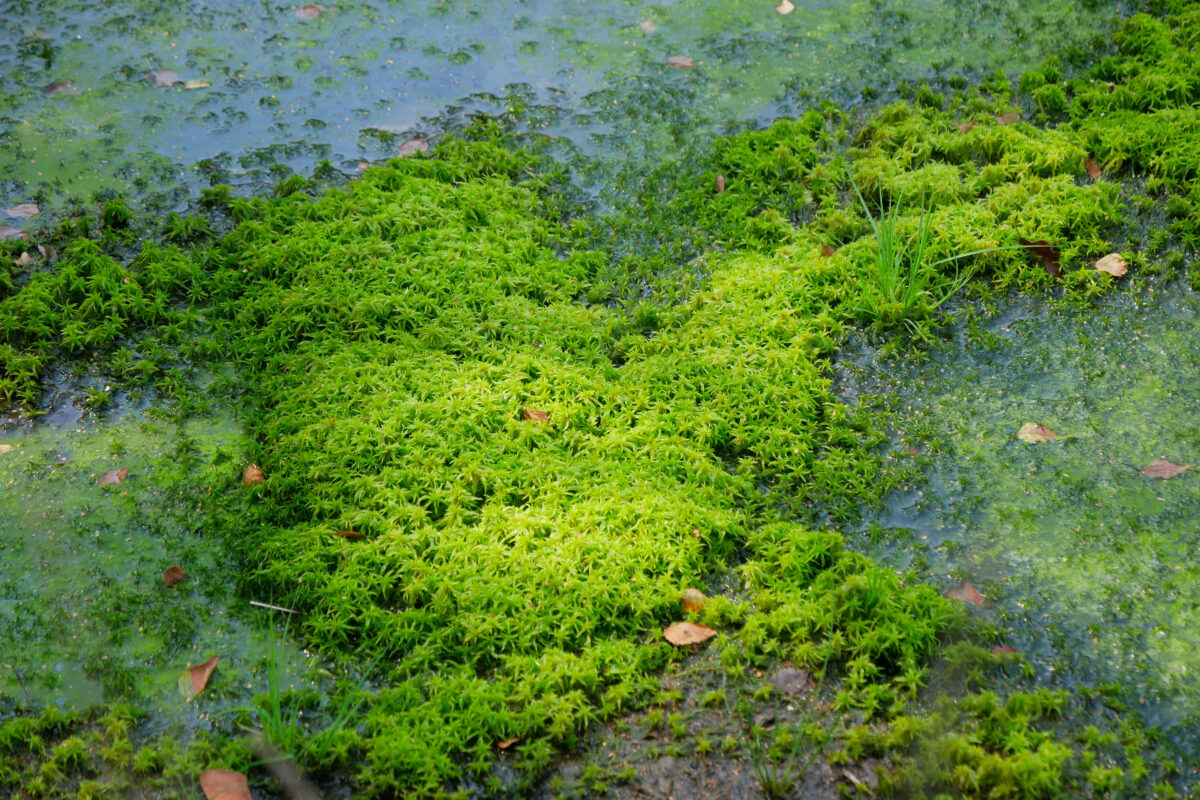CO2RE, the Greenhouse Gas Removal Hub, is funding four innovative projects to explore new methods for capturing greenhouse gases and durably storing or converting them.
The projects are being funded through CO2RE’s £1 million Flexible Fund, which is being used to fill in gaps and needs identified during the lifetime of the Programme. The fund supports work to address research and engagement gaps through three approaches: innovations, capacity building and engagement with stakeholders.
The projects being funded are:
Use of co-pyrolised biochar in Carbon-Negative Hydrogen Production (HyBECCS) from bio-organic wastes
Ondrej Masek, Mingyu Hu and Christian Wurzer – University of Edinburgh
The project aims to provide a low-cost, simple, bio-based solution for atmospheric carbon removal and sequestration combined with enhanced biohydrogen production.
Carbon-negative hydrogen production by capturing biogenic CO2 during biohydrogen processes (HyBECCS) is still under development. This project aims to develop biochar as an effective additive to enhance the performance of HyBECCS systems.
Biochar will provide a low-cost additive to optimise biohydrogen yield. Algal biomass will be used as feedstock due to its high photosynthetic conversion rate, high productivity, and minimal land footprint, resulting in efficient carbon removal.
To boost the physicochemical properties of algal biochar the study will use a blend of algal biomass with marine plastic waste – simultaneously helping address GGR and plastic pollution.
Understanding the co-pyrolysis of these two feedstocks may offer stable carbon removal with optimised properties for biohydrogen production, reduce marine plastic pollution and utilise harmful algal bloom species, helping protect marine ecosystems.
Contact: ondrej.masek@ed.ac.uk
Evolved aquatic microbial communities to sequester atmospheric CO2
Rodrigo Ledesma-Amaro and Lucas Coppens, Imperial College London

Two of the projects aim to utilise and further the potential of algae to sequester carbon dioxide
This project aims to combine algae with other microbial organisms to create microbial communities of algae with improved growth rates and robustness.
Cyanobacteria will be used to fix atmospheric nitrogen for algae growth, eliminating energy-intensive N production processes. Heterotrophic bacteria and fungi, which boost algal growth in co-cultivation, will improve the stability and growth rates of the microbial cultures. The most promising combinations of algae, cyanobacteria, and heterotrophic bacteria and fungi will be selected.
Successful combinations will be subjected to adaptive laboratory evolution, allowing for the accumulation of genetic mutations that improve biological fitness and therefore growth rates.
Finally, the evolved algal consortia will be biochemically analysed for their biomass composition – identifying biomolecules such as lipids, nutraceutical molecules that can be sold to offset the algae biomass production costs.
The project envisions a solar-powered, self-sustaining, and profitable algal industry that stimulates the economy by selling products synthesised from atmospheric carbon dioxide.
Contact: r.ledesma-amaro@imperial.ac.uk
Methane removal and remediation using chlorine radicals
Qingchun Yuan, Aston University and Bo Xiao, Queen’s University Belfast

Livestock farming is a major emitter of methane, a potent greenhouse gas
Methane is the second most potent anthropogenic greenhouse gas: its concentration increased over 2.5 times since the preindustrial era, driving more than 0.5C of warming.
This project aims to degrade methane at venting sites with chlorine radicals generated from seawater and to enhance this natural atmospheric methane sink.
The approach targets removing the approximately 80 % of methane emitted in agriculture and waste management sectors at the level of approximately 30 MtCO2eq per year in the UK.
The proposal suggests the engineering of 1kg Cl2 gas (the Cl• radical precursor) may remove 13 kg CO2eq at a net cost of £10-12/tonne CO2eq.
If successful, the technique may be scaled and improved to remove ambient atmospheric methane.
Contact: q.yuan@aston.ac.uk
Enzyme-enhanced carbon capture and storage solutions in basaltic rock
Craig Storey, Rory Miles, Raj Gill, Philip Benson, Andy Pickford, University of Portsmouth
Long-term storage in basalt rock requires innovation to adapt the technique and grow the necessary storage sites globally. The mineralisation reaction occurs naturally in Iceland (CarbFix) where the host rock is naturally hot (in approximately two years). As most other basaltic host rocks are far cooler, innovation will be required.
The project will explore if adding carbonic anhydrase into basaltic rocks can drastically increase the rates at which CO2 can react with elements in these rocks to form stable minerals.
Carbonic anhydrase is commonly found in living organisms and well understood, but the high pressures, different forces and new environment may mean that they don’t work as effectively in basalt.
Contact: craig.storey@port.ac.uk
Keep an eye out for the next Pathfinders Call via our funding and secondments page or by signing up to our newsletter.





